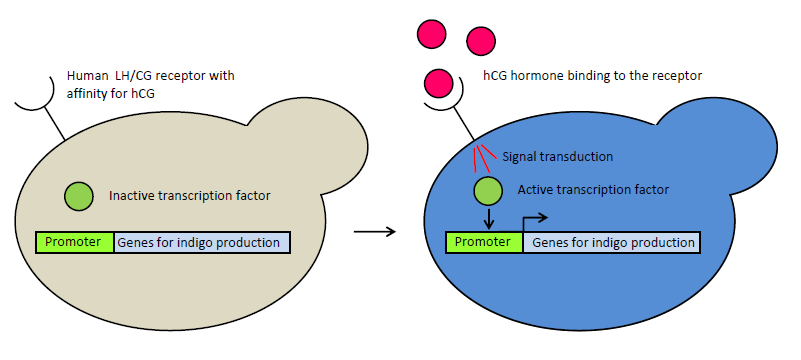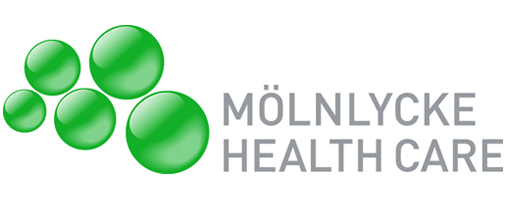Team:Chalmers-Gothenburg
From 2012.igem.org
(→Luteinzing hormone receptor) |
(→Human chorionic gonadotropin hormone) |
||
| Line 7: | Line 7: | ||
[[File:Home_pregtest.png]] | [[File:Home_pregtest.png]] | ||
| - | |||
| - | |||
Revision as of 10:13, 6 June 2012
Biodetection of human chorionic gonadotropin hormone
Saccharomyces cerevisiae is planned to be modifed in such a way that the yeast cell should function as a biosensor for the human chorionic gonadotropin hormone (hCG). This hormone is produced in the body during pregnancy and consequently, the idea is for the biosensor to function as a simple pregnancy test. To construct the biosensor, the Ste2 receptor in the yeast pheromone signaling pathway will be replaced with the human luteinizing hormone receptor (LH/CG), which is the receptor that hCG binds to with high affnity. The yeast strain that will be used contains a yeast/human chimeric Gα subunit, enabling coupling of the receptor with the pheromone pathway in yeast. Consequently, binding of hCG should result in activation of the pathway. The genes tnaA and fmo, encoding tryptophanase and flavin-containing monooxygenase respectively, will also be introduced into the yeast strain. These enzymes catalyze the conversion of tryptophan to indigo. tnaA will be set under the control of the pheromone-induced FIG1 promoter and fmo of the constitutive TEF1 promoter. Hence, detection of hCG should result in the production of bio-indigo. In order to ensure hCG to pass the yeast cell wall, the gene CWP2, encoding a cell wall protein, will also be deleted.
 "
"



